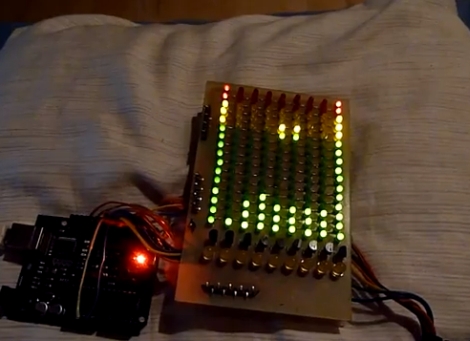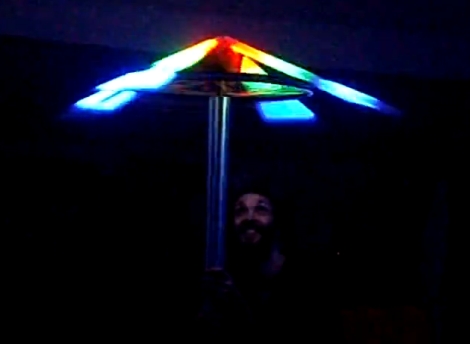
Tetris is unquestionably a game for the ages. Despite its simplicity, someone, somewhere will always find a way to port the game (Translation) to just about any electronic device that can handle it.
Earlier this year we showed you a slick MIDI sequencer project that was constructed using an Arduino Mega, which also happened to drive an incredibly detailed touch screen display. [Christian] must have gotten bored with his awesome creation one day, because he pulled the drum level display out of his Arduino Sequencer 808, and turned the LED array into a mini Tetris game.
As you can see in the video below, the game runs pretty well, though from what we can see it lacks any sort of score keeping. We dig it because we never really tire of Tetris clones, and we think it’s great that he kept his 808 sequencer design modular enough that he can pluck different components out for reuse in other projects.
Continue reading “Turning A MIDI Sequencer Display Into A Tetris Clone”















